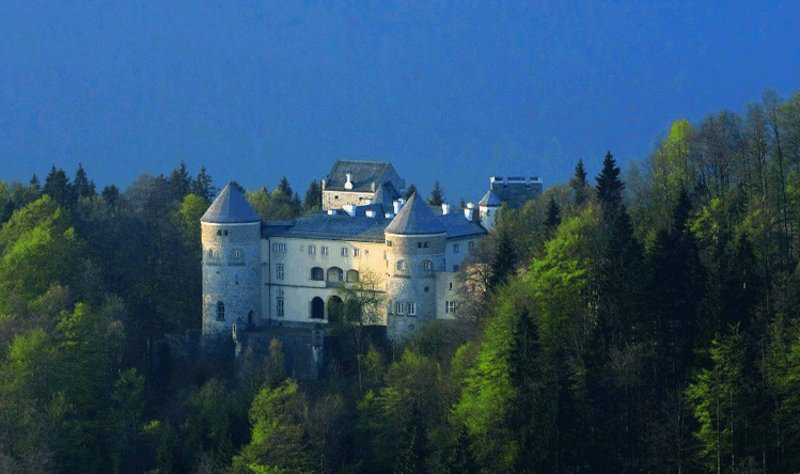Speaker
Description
Two-step photoexcitation of cryogenically cooled ion-hydrate clusters provides a way to obtain tag-free spectra of cold ions as well as a new window into the intracluster energy relaxation dynamics that drive predissociation. This is accomplished by recording the photodissociation spectra of individual excited vibrational levels using two-color, two-photon IR-IR photoexcitation. We first establish the ground state spectra of cold complexes with the messenger tagging technique. Then we fix the pump laser frequency to one of these transitions in the bare complex and scan the probe laser to obtain the photodissociation spectrum of the upper level populated by the pump. Scanning both IR lasers then yields a two-dimensional map (below) of the level structure in the energy region close to, and far above the dissociation threshold. The method is essentially a cluster variation of the vibrationally-mediated photodissociation experiments pioneered in the 1990s by Crim and Rizzo on polyatomic molecules. In the cluster regime, we find long lived (>50 microseconds!) vibrational levels hundreds of wavenumbers above the dissociation threshold (D$_0$), and surprisingly localized excitations for the bound OH stretches very close to D$_0$. This behavior allows us to follow many pathways up the vibrational landscape far beyond the dissociation limit, and points to a new class of FEL experiments that can establish the anharmonicities of soft modes in complexes prepared just below the dissociation threshold.

